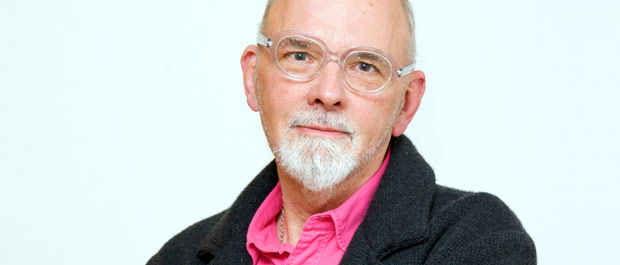
Singular vision
In a life at the BBC the director, Bob Lockyer, was an outstanding champion of dance for the camera. Now 70, he is still indefatigable in his enthusiasms
Bob Lockyer is less a man of words than of deeds and of images – and he would admit as much. He is dyslexic. It was this – by happy accident – that led him into a world where his visual flair would be the making of him. As he says himself; “Dance has no past unless you can see what has happened”. For almost 40 years Lockyer, more than any other television director, was British dance’s recording angel. He can claim no small part of the credit for the dance boom of the 1970s and ‘80s.
I meet him on the day he is celebrating his 70th birthday at The Place (Jann Parry was there for us). He can seem shy but today he is clearly enjoying the attention. “Ask me anything you like!” he offers expansively. So I begin with a question about what it was in his career of which he was most glad. The day he accepted a job in the BBC and turned down one with Rediffusion, he answers.
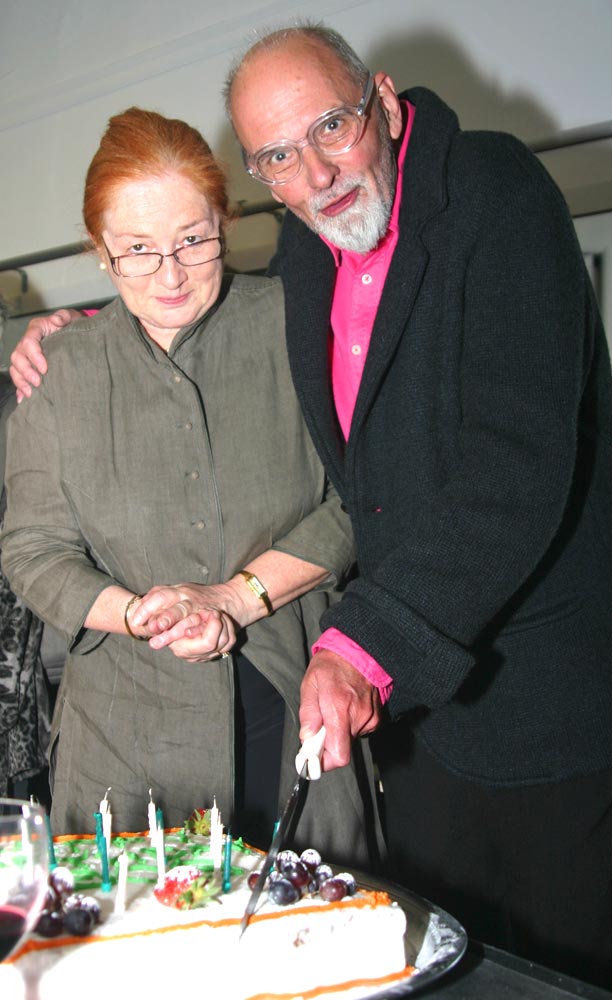
He began in the BBC’s post room. But he did not linger there long. “I was straight from school, no education at all; in fact my university was the BBC.” The young Lockyer put himself about and began applying for promotion. First came an attachment as a floor assistant, then as an assistant floor manager. He worked on Compact a soap opera about a women’s magazine, broadcast live, as most programmes were at the time. One of his responsibilities was to prompt actors who ‘dried’ (forgot their lines) during live programmes. But his dyslexia let him down during one broadcast and he was sent home afterwards in terminal disgrace – as it seemed to him at the time.
In the event, his banishment did not last long and he was sent to work with the director Margaret Dale (interview), then the doyen of dance at the BBC. “Maggie can be a bit difficult, but we think you will get on with her”, his bosses told Lockyer, perhaps more in hope than expectation. Dale, previously a dancer with Sadler’s Wells Ballet, was famously inflexible. As Lockyer remembers, “The only way she could work was to religiously learn the dancer counts of every piece that she did and then link the camera cuts to those counts. She was brought up that way and everyone else had to follow.”
In these years dance was part of the stable diet of television. Every light entertainment programme had a line-up of chorus girls. At the ‘high end’, there were regular relays from Covent Garden and frequent studio productions with a steady stream of dance programmes bought from European broadcasters.
Margaret Dale dismissed the idea that any of her colleagues in BBC Music and Arts might be competent to direct dance for television. Colin Nears and John Drummond both had aspirations, but Dale would have none of it. Towards the end of her career, however, Dale had difficulties with choreography to contemporary music, which is less easy to count. Lockyer told me, “When I came to direct with Bob Cohan and London Contemporary Dance Theatre, I didn’t read music and a lot of the music for Cell which is musique concrète you can’t actually count the bars or the music. One did it by movement and by vision memory and my visual memory was good. So when I came to direct, I did it on move – not on count.”
But Lockyer did learn from Dale. She allowed him to write story-lines for her series Zodiac, whose aspiration was to present a ballet each month representing one of the twelve star signs. The series fell well short of the intended number because Dale could not find enough choreographers prepared to make work for television. Lockyer did create some short sequences for Dale (on 16 mm film). In an introduction to Katrina McPherson’s Making Video Dance he recalls what he describes as “some of his very first Dance for the Camera sequences”, one shot in an empty Albert Hall as a boy and girl search for each other, the other a sword fight filmed on the last Circle Line train of the night and ending – improbably – in Westminster Tube Station.
Peter Wright’s arrival at the BBC on a producer/director training course led to further opportunities. Wright commissioned Lockyer to write a scenario for a ballet, Corporal Jan (still in the BBC Archives). Memorably he was Wright’s assistant on a 1967 studio production of Kurt Jooss’s The Green Table in which a young unknown, Pina Bausch, was cast as the old woman. “One of my jobs was to scrape the feet of Death. You cannot put rosin on a cement floor painted with waterproof paint. With water, there’s enough turn, so there’s grip.”

Soon afterwards Lockyer worked as assistant to John Drummond (his partner for 40 years) on his ground-breaking two-part documentary Diaghilev for the Omnibus series. Lockyer remembers becoming closely friendly with Lydia Sokolova (Hilda Munnings) and visiting Tamara Karsavina at her home in Hampstead. “These programmes took two and a half years to make. It was crucial that the programmes were made before these voices were lost. John felt they should be available for researchers to know and read.” Sadly these programmes will almost certainly remain locked in the BBC’s vaults; the rights issues surrounding the stills photography too complicated to resolve.
In 1978 Lockyer directed a film version of Les Noces – in its sheer reach one of the most audacious arts programmes ever made at the BBC. The score was performed first as a concert piece, conducted by Leonard Bernstein and then as accompaniment to a filmed performance of the ballet. The original intention was that this be done at the Royal Opera House. But an industrial dispute made a rethink inevitable and instead it was filmed at Ealing Studios. This meant that Lockyer could deconstruct – and reassemble – the work. “It is a very architectural and structured piece and we could line it up section by section, enhancing the architectural shape of the choreography by making everyone equidistant, so to speak. The dancers stood on a mark matching the shot so that we could match up. The arc of the choreography was matched in the shooting and editing. We were shooting a minute at a time and could focus on closeness of detail in ways in which you could not in live performance. You can structure it much better than when you’re winging it at the Opera House”.
It is a stunning and authoritative piece of television, staged by Michael Somes, important too because many of the cast had taken part in Bronislava Nijinska’s 1966 recreation of the work at the Royal Ballet. Sadly Lockyer’s Ealing production is locked away in the BBC Archive. Although the BBC’s stated objective is that the archive be accessible to the public, it is hard to see this happening on a major scale soon. Lockyer, even in retirement from the Corporation, keeps pressing the case for access. He’s had some success with material from the 1950s, notably studio recordings of Les Sylphides (introduced by Karsavina) and Giselle, now available on DVD.
However, what he is most anxious to see in the public domain (this is clearly close to his heart) are the recordings he directed of Robert Cohan’s work with London Contemporary Dance Theatre. “Bob was one of the major figures responsible for the dance revolution. London Contemporary was one of the most exciting companies of its time. But today’s dance students and many in the audience have no idea who Bob was or what his work was. It was an absolutely extraordinary experience to bring that work for the screen”.
The BBC catalogue includes A Mass for Man broadcast in 1985 (a BBC commission), along with Cohan’s Waterless Method of Swimming Instruction, Cell, Forest, Stabat Mater and Nympheas. Particularly resonant for me, I say to Bob Lockyer was Stabat Mater. “Very simple, very beautiful”, he agrees. “It was one of the first recordings of Bob’s work. I persuaded the BBC that it would be a good piece for Easter. And it took just a day in the studio.”
Two generations have passed since the BBC has either commissioned a dance-work, or filmed a work in studio. And there have other big misses. When I interviewed Lockyer ten years ago for Dance Now, he told me then of his sadness that there was nothing of Antony Tudor in the archive. “He had said to me ‘I’ll talk to you and yes I’ll do an interview’. But the BBC said; ‘who is Antony Tudor? We don’t really want that.’” (Ironic this, as in an essay for the BBC Archive website, Lockyer recalls that on 1 May 1937 the infant television service broadcast a ballet it had commissioned from Tudor, Fugue For Four Cameras, performed by Maude Lloyd. Sadly there is no recording: video – and even tele-recording, capturing a live programme on film – were then still a long way in the future.)
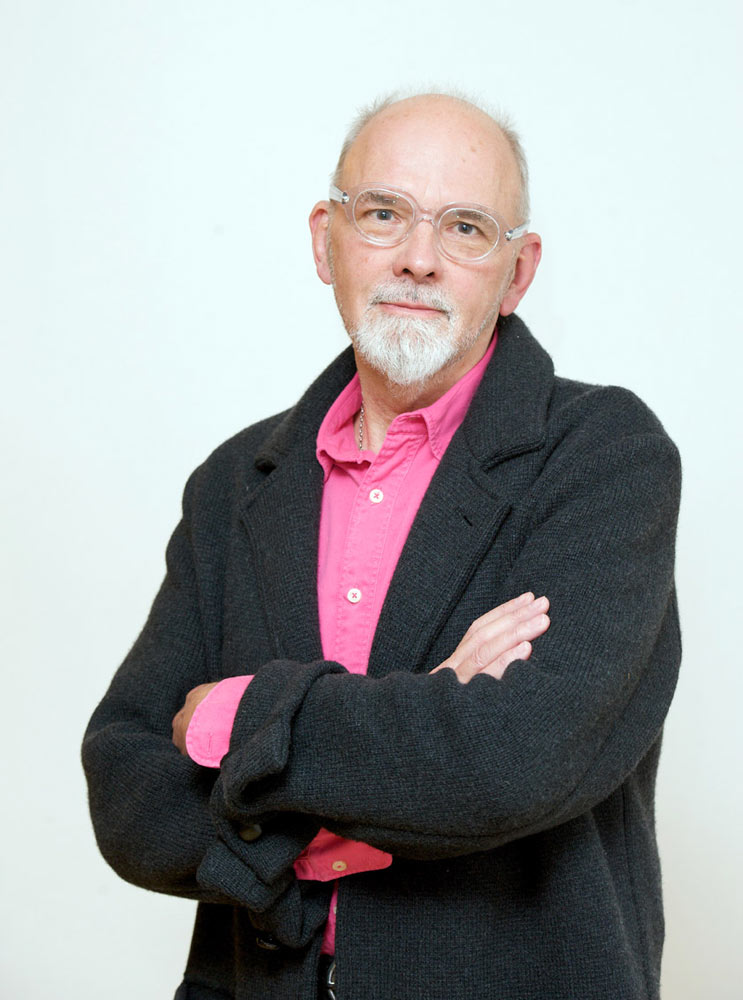
It is perhaps for the closing ten years of his career that Lockyer may be best remembered and in particular for his pioneering series Dance for the Camera This is a series of short dance works made especially for the camera; over its long run over fifty videos were made and seen in the UK and around the world. When he proposed the series, Lockyer was strongly influenced by the fact that many short dance films were already being made in France, some of them by choreographers. Lockyer had already tried his hand in tandem with Lynn Seymour with a film Leda and the Swan commissioned for Omnibus. This was based on W.B. Yeats’ famously erotic poem and its screening (according to the score’s composer, Howard Blake) “produced some shocked reactions from both public and press in regard to the near-nudity and overt sexuality”. Like much else, it languishes in the archives.
Dance for the Camera’s timing was apt. Margaret Thatcher, then prime minister, was insistent that more of the Corporation’s output come from outside producers. Also rapidly developing technology was making television less cumbersome and studio-bound. Lockyer persuaded his masters at the BBC to work along with the Arts Council. Each organisation contributed half the funding – and there was open selection of directors. Dance for the Camera, broadcast late at night, was avant-garde, challenging, television which attracted both a dance and an art-house audience. Most notable perhaps were two films. The first, Outside In, choreographed by Victoria Marks and directed by Margaret Williams, won many international awards, while changing many people’s ideas about what dance could be, as it was made with the CandoCo dance company that featured both able and disabled dancers. David Hinton’s film, Birds, using footage of birds from BBC’s natural history archives radically challenged the very nature of dance showing that, in Lockyer’s words, “with not a dancer in sight, you could make a dance film without dancers and still win international dance awards.”
Sadly, little of this has survived Bob Lockyer’s retirement from the BBC. The corporation no longer has a dedicated dance producer, while the Arts Council has also abolished its film department. “I’m saddened”, he told me. “There’s no-one fighting for it. There are exciting choreographers whom I would love to bring to the screen. But controllers are not interested and don’t regard it as part of their remit. It’s the whole question of public service broadcasting and what the BBC means by it. A lot of it now seems to be news; chat shows; even The Culture Show doesn’t really deal with dance because no-one fights for it. David Attenborough when he was Controller of BBC2 didn’t like dance but he felt it a public duty to have dance on his channel.”
Dance does survive on screen, but in new places: Sky Arts, cinema and internet relays, videos for the web. But as Lockyer points out, what is little to be seen is contemporary dance. “The relay will survive: we will all go to cinemas with a glass of wine to watch the Bolshoi, New York City Ballet, The Royal Ballet. But what won’t be happening is the experimental. In what is left of my life, I would like to see more contemporary dance reflected, but I don’t think it necessarily will be.”
Neither is he optimistic about the dance film shorts he sees now on the web. “In our day we looked at rough cuts and made suggestions. One thing I miss from films I see on the web is the sense of somebody standing back and asking ‘what do you mean by that’ and being critical of the work before it is finished. Instead they show it to friends who said “It’s lovely darling. It is beautiful, we love it”. We didn’t. We would say ‘things needed changing’.”
Whenever I’ve interviewed Lockyer, the conversation has always come back to what he deplores as dance’s lack of a ‘third eye’. He’s speaking not merely of film on the web, but of stage performance too – and he instances the Royal Ballet’s recent triple bill and its two flawed premieres. The role of the dramaturge, he says, is missing in dance – an external figure who would put the choreographer on the spot about what he or she was attempting to say. It occurs to me that Lockyer would be superbly good in such a role – and he does not dismiss the suggestion.
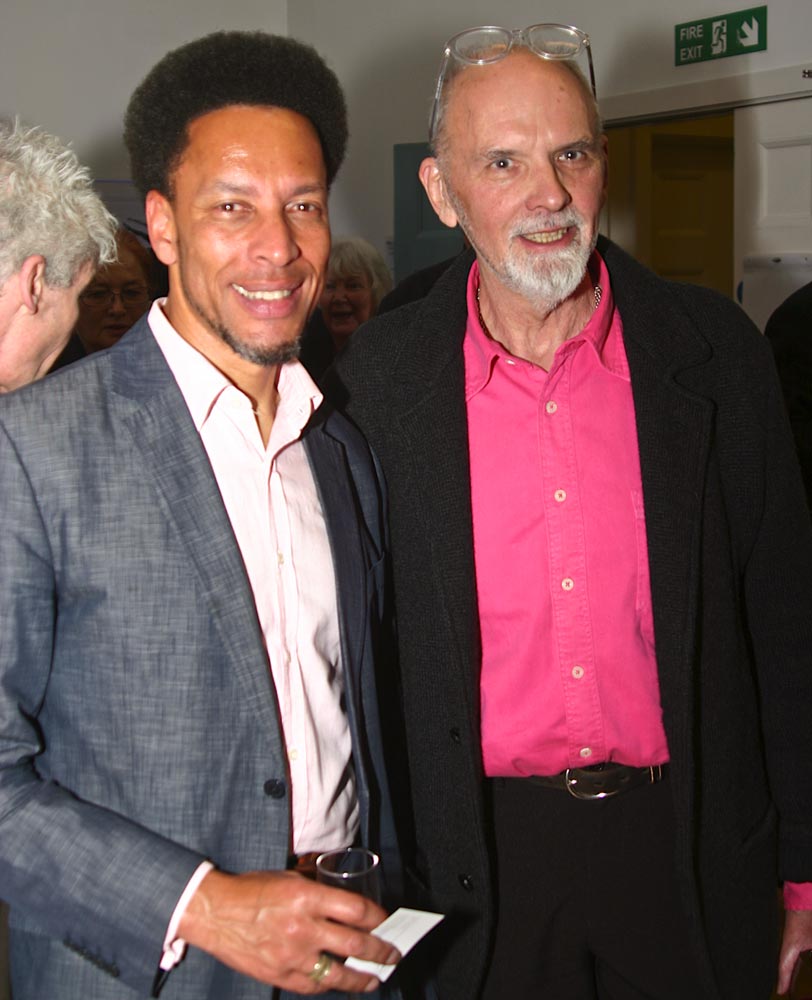
Bob Lockyer did not ease off when he left the BBC. In a busy ten years, he has been chairman of PAL, Performing Arts Labs, a catalyst for creative practice across the arts. “At present, we’re looking at making children’s films for India that reflect the country’s culture. There is no history there of children’s films”. In tandem with the Royal Philharmonic Society he started the RPS Drummond Fund (in memory of John Drummond, his partner), to help support the composition of new music for dance. As chairman of South East Dance, he championed dance-film making in the region and the creation of a dance space for Brighton. Perhaps most strikingly, and even before left the BBC, as chairman of Dance UK he founded the Healthier Dancer programme. “There were quiet periods at the BBC”, he told me, “when I could mercilessly use the BBC’s name for dance to do my bit for dance. The BBC – and other broadcasters- are great takers. They suck people dry and spit them out. You have to give back. Dancers are warm, giving people and I felt it my responsibility as a non dancer, but a lover of dance, to give back.”
And now that he is 70? “I don’t know yet what I will do, but I have no plans to stop. I have not disengaged. But it’s time for others to step into the line. If they don’t, I’ll step back in. Fight another fight.”







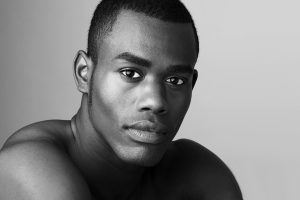



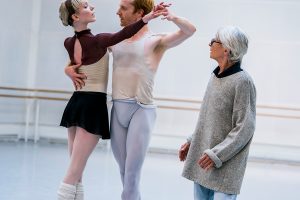
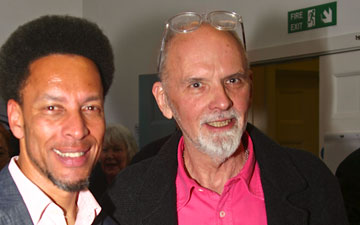

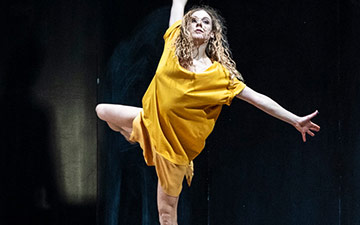
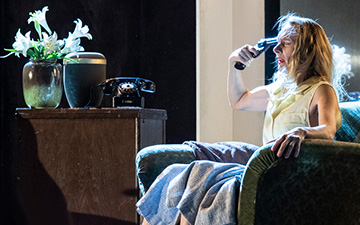

Brendan, many thanks for getting this interview on what was a great day for Bob, whom I’ve known since he came to Australia with John Drummond some 12 years ago. What’s important is to have captured the things he says about institutions and artists – things people don’t want to hear because it would require them to respond. His comments on the Royal Ballet’s new productions by Liam Scarlett and Wayne McGregor, in particular, challenge choreographers to be intelligently open, and artistic directors to be intelligent, nurturing and but demanding, as co-producers. Scarlet’s work was a McMillan ballet crammed into 48 minutes: a very good thing too, short, tight, fllled with dance; but flawed with mush that should be been dealt with in the studio. Bob’s comments on institutions are equally important: only the noisy people get things to change, but internationally communities seem to galvanise themselves into action when serious threats occur – eg when William Forsythe’s Frankfurt Ballet was put up for the chop. What Bob does not say about himself, but tends to apologise for it, is his quick assessment of situations, of choreography, lighting, how a dance move or phrase is expressed. His polymath status makes him the ideal outsider looking in; and he has the courage to speak that makes him rare in the business of dance. If only we could clone him! ‘Bob’s Birthday Bash’ as a great treat for him , as it was indeed for all of lucky enough to be there.